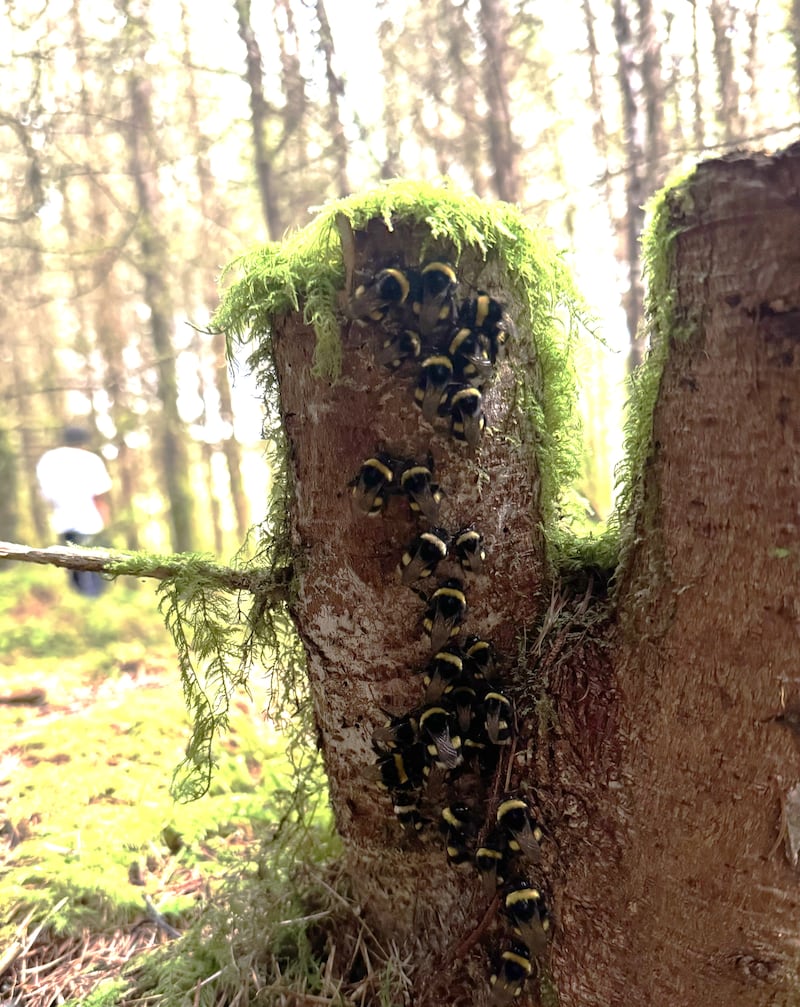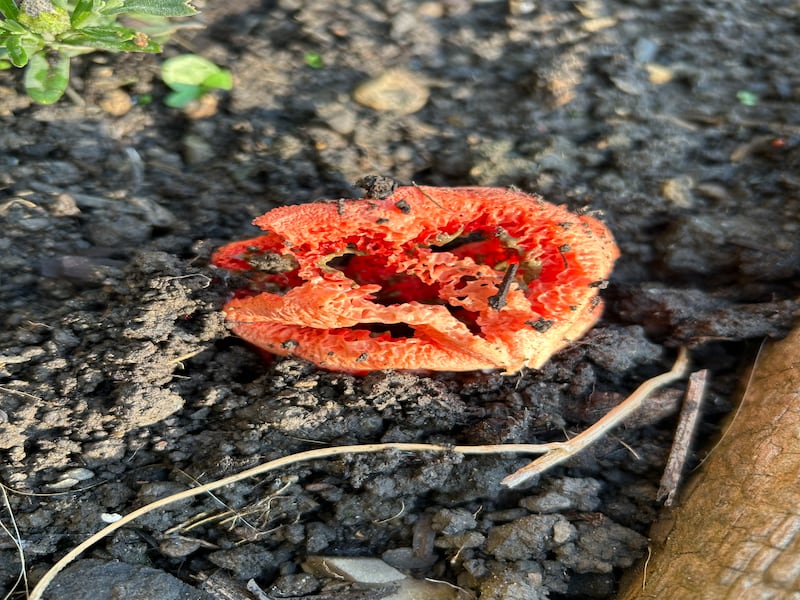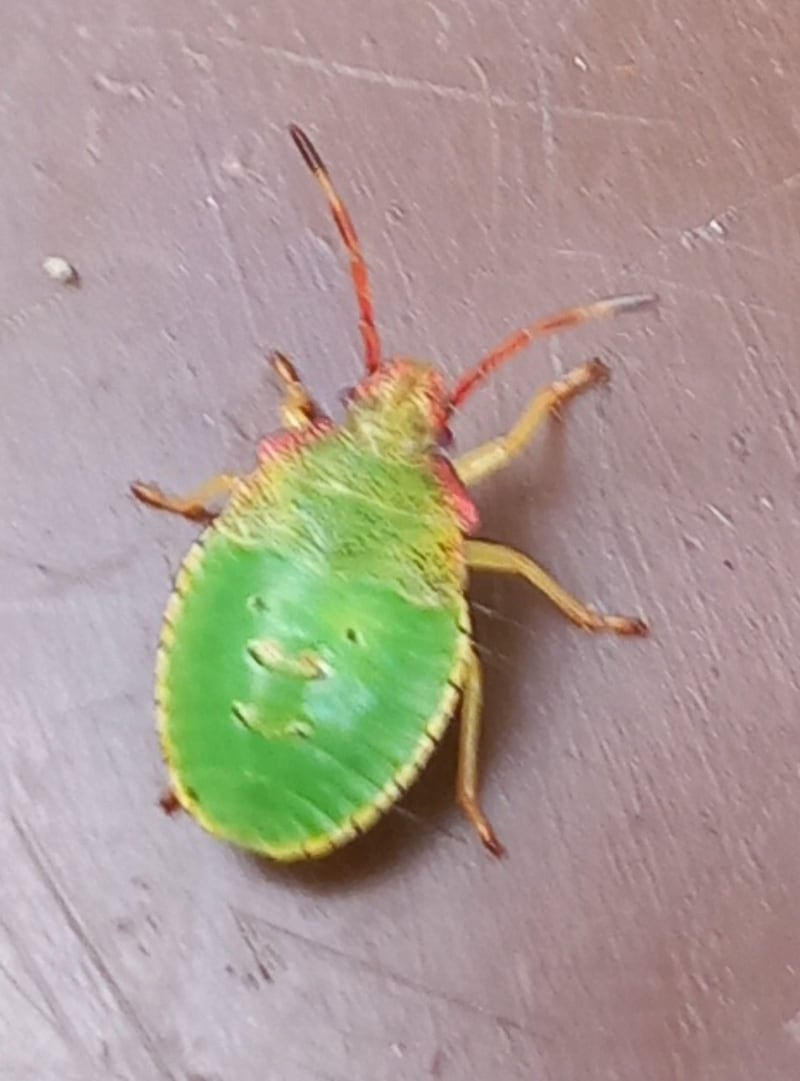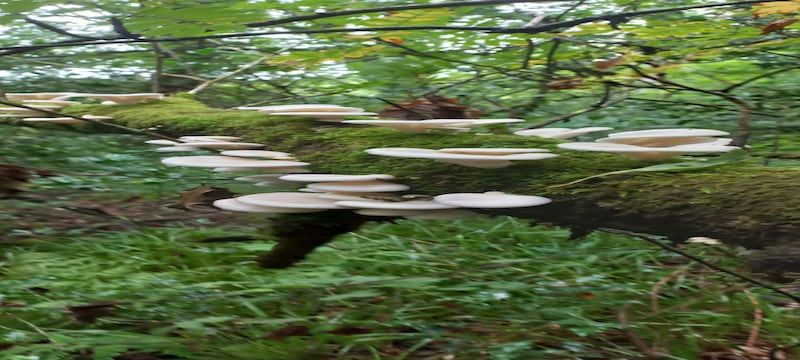I recently came across these pretty seeds. What are they? Terry Woodhouse, Dublin
They are lovely indeed. These are from the spindle tree, Euonymus europaeus – a native Irish tree species. What you are holding is a coral-pink, four-lobed fruit, with seeds under the fleshy orange succulent coverings. Spindle wood is hard and tough and is used for making pegs and spindles as well as bows for violins and parts of the Irish harp. It was used long ago as an emetic and purgative, so don’t be tempted to eat it – leave it for the birds.

I came across these in an east Clare forest. Are they bumblebees and what are they doing? Next to the stump in the photograph are more bees rummaging under tree roots. Flynn Wolpert, Co Clare
I consulted with John Breen, the Hymenoptera expert at the University of Limerick. He says they are white-tailed bumblebees, which had a nest in the ground under the tree roots. This nest was destroyed the night before by a mammal such as a badger, fox or even pine-marten seeking the honey. The bees rummaging below are worker bees still in the remains of the nest, while those on the stump look more like young queens.

I have come across this growth in my back garden in Clontarf. It looks quite unusual and seems to attract flies. Is it poisonous? Something similar also grew out from under the sleeper last year. This year it has grown on top of the bedding. Karen Randall, Dublin
This is a fungus called the red latticed stinkhorn – Clathrus ruber. It has a horrible fetid smell that attracts flies to the sticky, spore-laden mass on the inside of the lattice, thereby facilitating spore dispersal. It occurs on soil and wood chips in warm sites, and has been rarely recorded in Ireland – the first record was from the garden of a house on the Howth Road in Clontarf in 1982. Who would want to eat such a smelly thing? But it is not harmful growing in the garden.

After putting cuttings off a rowan tree into the compost bin I noticed later, to the fascination of the grandchildren, that the bin was covered with these green bugs. Are they stink bugs? Ulla Mitchell, Dublin 16
Were you not fascinated too? These are green shield bugs, also called green stink bugs. They are nymphs rather than adults and feed on the plant juices of a variety of deciduous trees, including the rowan tree, from which they were disturbed by being peremptorily thrust into the compost bin. Shield bugs hatch out from eggs and become nymphs, which grow by moulting their skins. They do this five times, and each resulting instar stage is bigger and a different shape and pattern to the earlier one. This is the fourth instar stage – so they are well on the way to full adulthood.

I came across these strange fungi growing on a dead fallen tree in a wood in Longford. Can you identify them? Trevor Lloyd
This is Pleurotus pulmonarius, commonly known as lung oyster, Indian oyster, Italian oyster or phoenix oyster – a wood-decay fungus causing a white rot of various hardwoods. Don’t dream of eating it, as it is easily confused with another very similar fungus, Pleurocybella porrigens , the angel wings fungus, which grows on conifer wood and has been linked to fatal poisonings. In fact, never eat any wild mushroom unless you are assured by an expert in the field that it is safe and they have eaten one first!
Please submit your nature query, observation, or photo, with a location, via irishtimes.com/eyeonnature or by email to weekend@irishtimes.com















